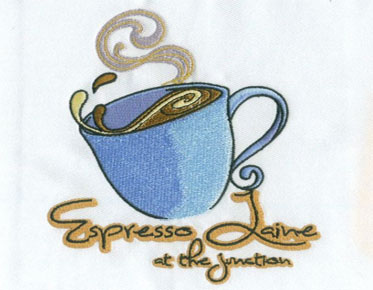Cleaning Up Raster Images: A Crucial Prelude to Vectorization
Introduction: The Journey from Pixelated to Precise
Embarking on the transformation of a raster image into a sleek, scalable vector masterpiece requires a crucial initial step: cleaning up the original raster. In this blog, we delve into the intricate process of "Cleaning Up Raster Images," exploring the importance of this preliminary stage and the techniques to ensure a seamless transition into vectorization.
1. Understanding Raster Images
Before we embark on the cleanup journey, let's understand the nature of raster images. Composed of pixels, these images are resolution-dependent, meaning they may lose quality when resized. Cleaning up a raster image involves preparing it for vectorization, a process that will convert it into a scalable, resolution-independent vector graphic.
2. Importance of Cleanup for
Vectorization
a. Eliminating Noise:
●
Raster images often contain
pixel-level noise, artifacts, or imperfections. Cleaning these up ensures a
smoother vectorization process, reducing the likelihood of unnecessary details
in the final vector graphic.
b. Defining Edges:
●
Clearly defined edges are crucial
for accurate vectorization. Cleaning up the edges of objects in a raster image
helps the vectorization algorithm recognize boundaries, leading to cleaner and
more precise vectors.
c. Color Consistency:
● Vector graphics rely on well-defined shapes and colors. Cleaning up color inconsistencies in the original raster ensures that the vectorized version maintains a cohesive and accurate color palette.
3. Tools and Techniques for
Cleanup
a. Image Editing Software:
●
Utilize popular image editing
software like Adobe Photoshop or GIMP for detailed cleanup. These tools offer a
range of features, including brush tools, clone stamps, and filters, allowing
for pixel-level adjustments.
b. Adjusting Levels and Contrast:
●
Enhance the clarity of the image
by adjusting levels and contrast. This helps in bringing out the details and
defining the edges, laying a solid foundation for the vectorization process.
c. Removing Unwanted Elements:
●
Erase or clone out any elements
that are not essential for the final vector image.
This step minimizes distractions and streamlines the focus on the key features
of the design.
d. Smoothing and Anti-Aliasing:
● Apply smoothing techniques to reduce jagged edges and employ anti-aliasing for a smoother transition between contrasting areas. These techniques enhance the overall visual appeal of the raster image.
4. Preparing for Vectorization
a. Choosing the Right Format:
●
Save the cleaned-up raster image
in a format that preserves details and supports vectorization. Common choices
include PNG or TIFF for maintaining transparency and high quality.
b. Resolution Considerations:
● While cleaning up, consider the intended size of the final vector graphic. Higher-resolution images may capture finer details, but it's essential to strike a balance to avoid unnecessarily large file sizes.
5.
Challenges and Solutions
a. Complex Backgrounds:
●
Raster images with intricate
backgrounds may pose challenges during vectorization. Careful cleanup,
including the removal of unnecessary elements, helps simplify the image and
aids in accurate vectorization.
b. Blurry or Low-Resolution Images:
● Images with low resolution or blurriness may require extra attention during cleanup. Sharpening tools and careful manual adjustments can enhance the overall quality before vectorization.
Conclusion:
A Pristine Canvas for Vector Artistry
Cleaning up raster
images is akin to preparing a canvas for a masterpiece. This meticulous process
ensures that the transition to vectorization is smooth, yielding a result that
is not only faithful to the original design but also optimized for scalability
and versatility. As we navigate through the intricacies of cleanup, we pave the
way for vector artists to breathe life into the digital realm, transforming
pixelated concepts into precise, infinitely scalable vectors. In the realm of
digital artistry, the journey from cleanup to vectorization marks the beginning
of a visual odyssey, where pixels yield to vectors, and creativity finds
boundless expression in the pristine canvas of a cleaned-up raster image.

